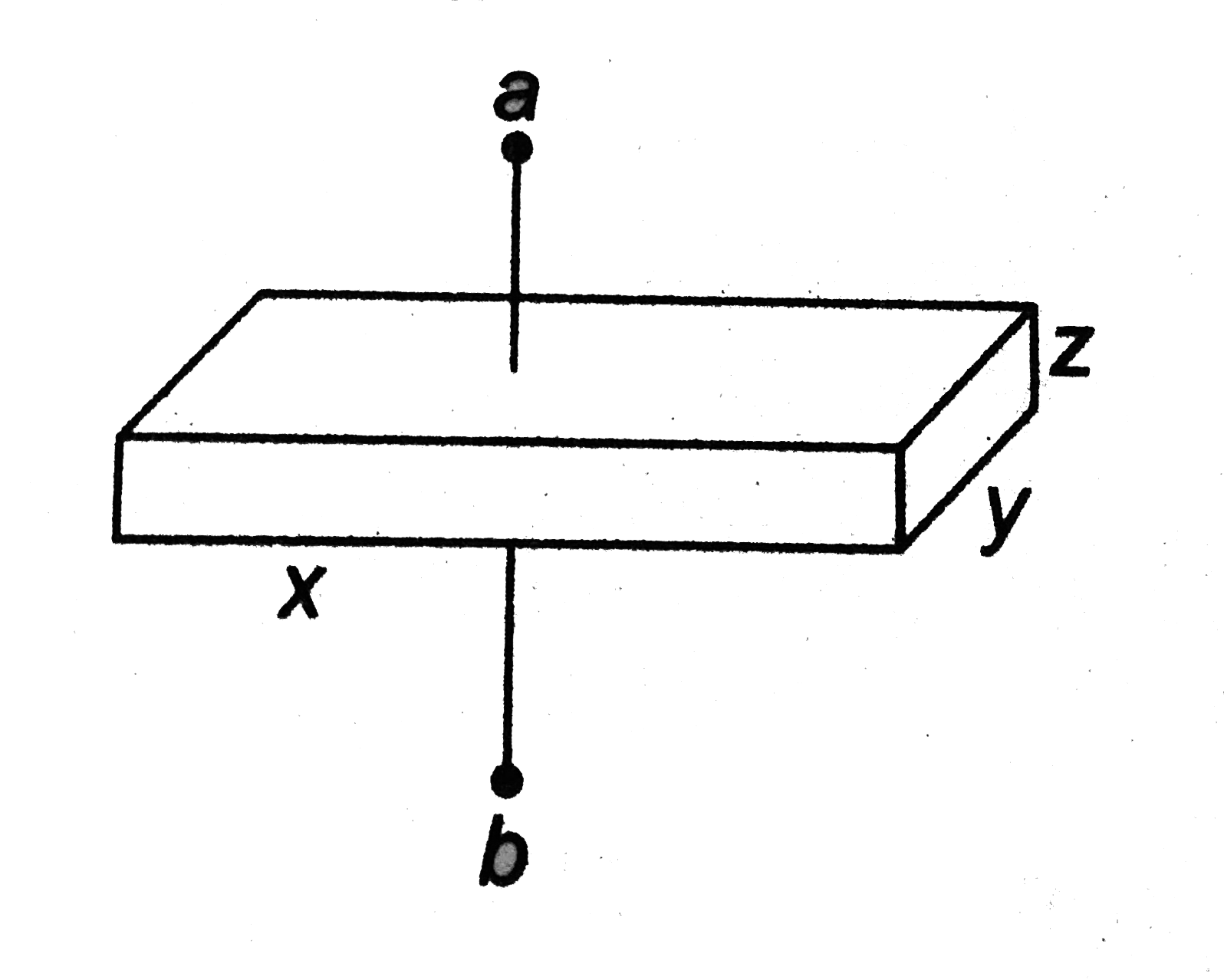What is order of conductivity of conductor?
The correct Answer is:108Ω(−1)m−1
To determine the order of conductivity of a conductor, we can follow these steps:
1. Understanding Conductivity and Resistivity:
- Conductivity (σ) is defined as the ability of a material to conduct electric current. It is the reciprocal of resistivity (ρ), which measures how strongly a material opposes the flow of electric current.
- The relationship can be expressed as:
σ=1ρ
2. SI Units:
- The SI unit of conductivity is ohm inverse meter inverse (Ω⁻¹·m⁻¹), which indicates how much current can flow through a material per unit voltage and per unit length.
3. Characteristics of Conductors:
- Conductors, such as metals, have a high density of free electrons that facilitate the flow of electric current. This results in high conductivity values.
4. Order of Conductivity:
- The order of conductivity for typical conductors is generally in the range of 107 to 108 ohm inverse meter inverse (Ω⁻¹·m⁻¹).
- For example, copper, a common conductor, has a conductivity of approximately 5.8×107 Ω⁻¹·m⁻¹.
5. Final Answer:
- Therefore, the order of conductivity of a conductor can be stated as:
σ≈108Ω−1⋅m−1
Summary:
The order of conductivity of a conductor is approximately 108Ω−1⋅m−1.
- Conductivity (σ) is defined as the ability of a material to conduct electric current. It is the reciprocal of resistivity (ρ), which measures how strongly a material opposes the flow of electric current.
- The relationship can be expressed as:
σ=1ρ
- The SI unit of conductivity is ohm inverse meter inverse (Ω⁻¹·m⁻¹), which indicates how much current can flow through a material per unit voltage and per unit length.
- Conductors, such as metals, have a high density of free electrons that facilitate the flow of electric current. This results in high conductivity values.
- The order of conductivity for typical conductors is generally in the range of 107 to 108 ohm inverse meter inverse (Ω⁻¹·m⁻¹).
- For example, copper, a common conductor, has a conductivity of approximately 5.8×107 Ω⁻¹·m⁻¹.
- Therefore, the order of conductivity of a conductor can be stated as:
σ≈108Ω−1⋅m−1
The order of conductivity of a conductor is approximately 108Ω−1⋅m−1.
Similar Questions
What is super conductivity ?
View SolutionThe product of resistivity and conductivity of a conductor is constant. Is this statement true or false?
View SolutionWhat are semiconductors ? What is the effect of increasing temperature on the conductivity of a semiconductor ?
View SolutionWhat are semiconductors ? What is the effect of increasing temperature on the conductivity of a semiconductor ?
View SolutionExplain Lee's disc method of finding the thermal conductivity of a bad conductor.
View SolutionDescribe an experiment to determine the coefficient of thermal conductivity of a good conductor by Searle's method.
View SolutionConductivity of a conductor of length L and radius of cross-section r at temperature t∘C is σ . If its length is doubled and radius is halved at same temperature, then new conductivity of the conductor will be
View SolutionThermal conductivity of the conductor shown in figure is K. Find thermal resistance between points a and b.
 . View Solution
. View SolutionWhat will be the effect of temperature on electrical conductivity of metallic conductors and semi-conductors ?
View SolutionWhy conductivity of conductor decreases while of semiconductor increases with increasing temperature?
View Solution

